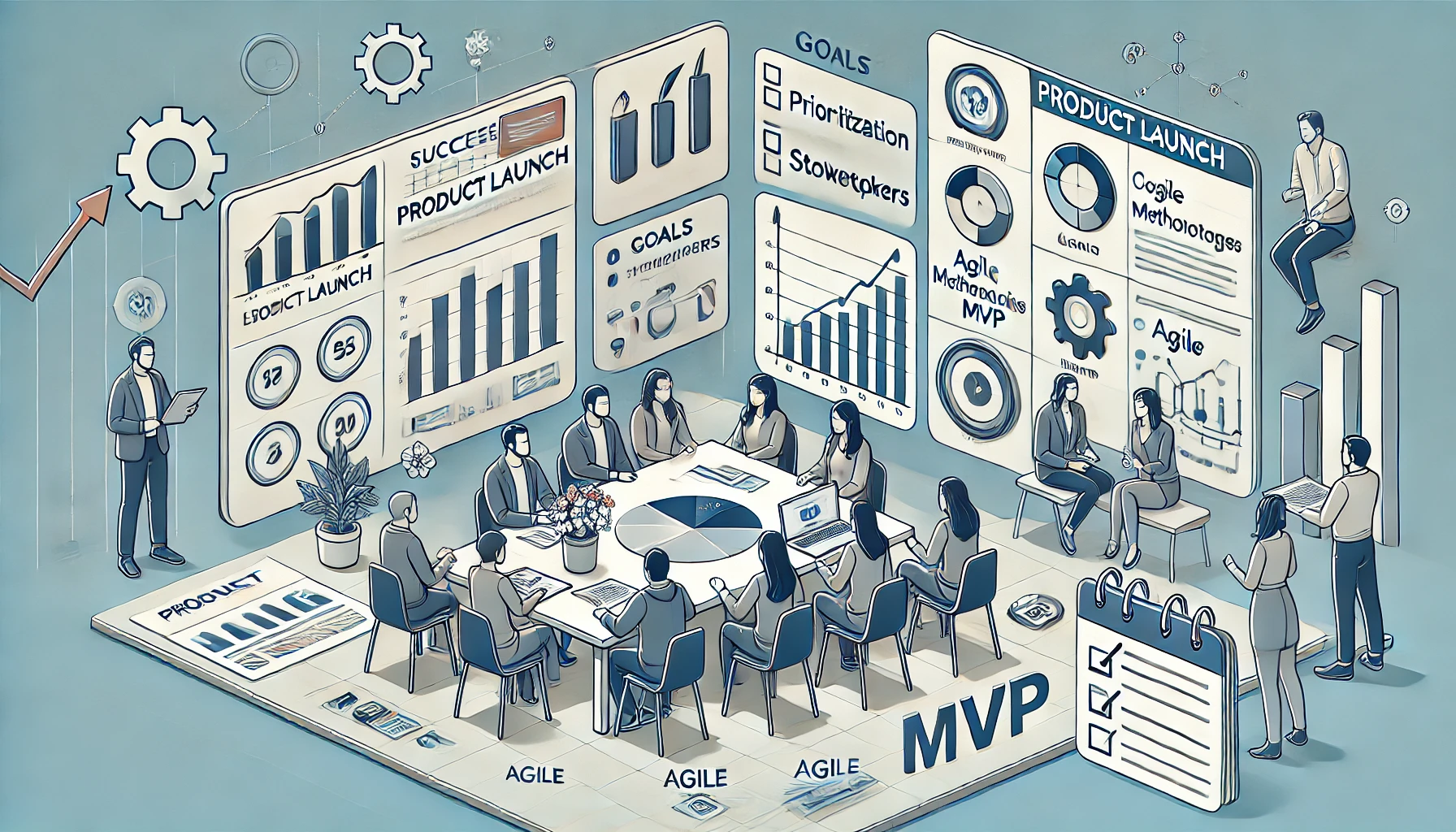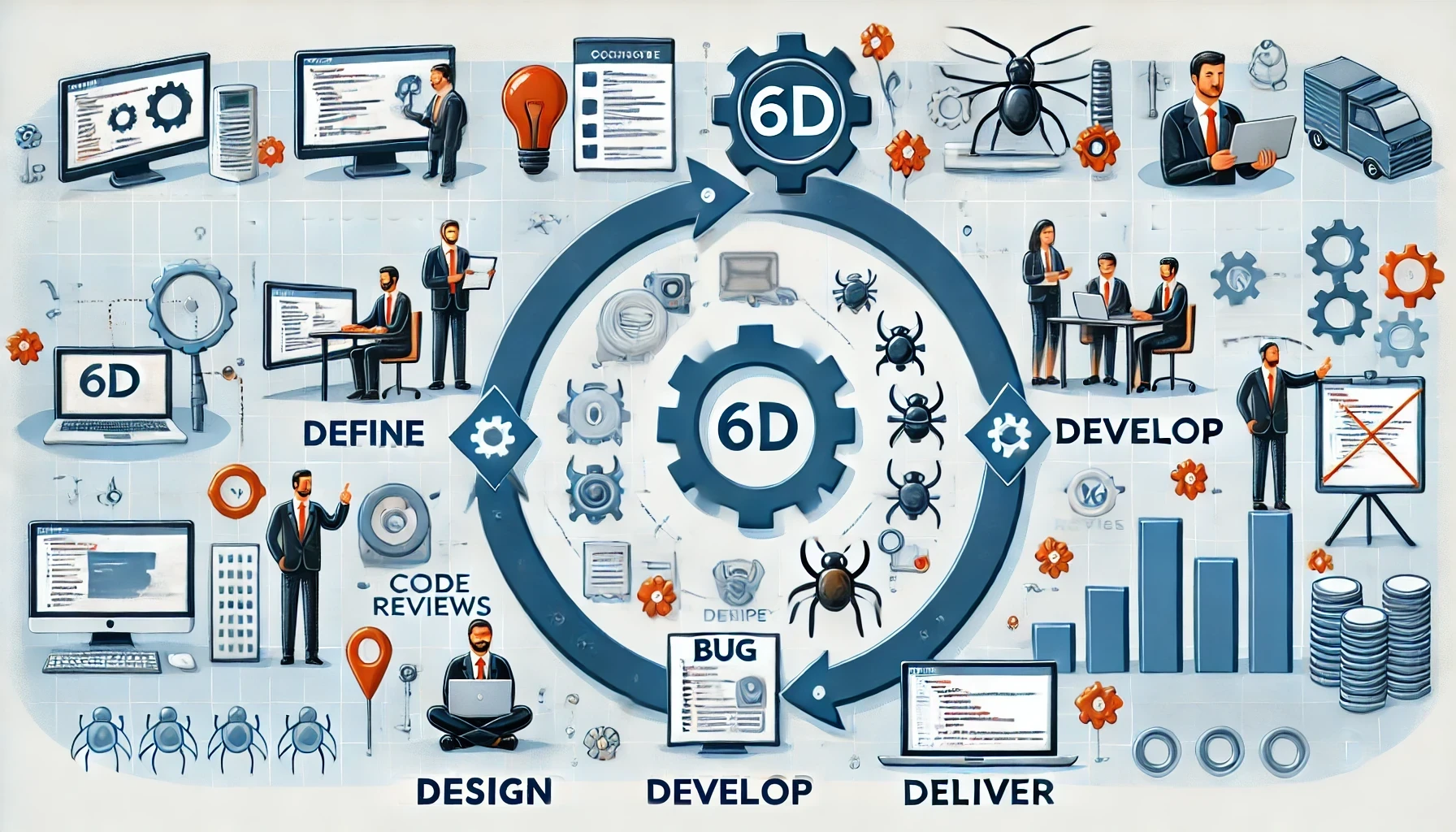The sphere of product management is currently undergoing a significant transformation, breaking free from static features and isolated data silos. Propelled by a dynamic convergence of technological breakthroughs, a new era of innovation is unfolding. In this paradigm shift, product managers emerge as the orchestrators of an intricate symphony of user-centric experiences. Let’s delve into five pivotal trends set to redefine the way we construct and engage with products in 2024 and beyond:
1. AI and Machine Learning: Beyond Analytics, Towards Creativity and Anticipation
AI and ML have transcended their initial analytical roles, evolving into engines of creative ideation and predictive capabilities. Picture generating innovative product concepts fueled by real-time user sentiment and market trends. Chatbots, armed with insights from past interactions, dynamically personalize responses, offering an elevated, concierge-level experience.
This transformation extends beyond customer interactions. Think of A/B testing on steroids: ML algorithms continuously experiment, identifying winning variations in real-time, optimizing products on the fly. AI delves into vast data oceans, predicting user behavior and product usage patterns, enabling proactive issue resolution, demand anticipation, and pre-launch customization. With AI as a co-pilot, navigating the dynamic market becomes a journey marked by unparalleled foresight.
2. Internet of Things (IoT): Creating Interconnected Experiences
IoT goes beyond smart gadgets; it weaves a tapestry of interconnected experiences reshaping our world. Imagine appliances communicating with each other, adjusting your environment based on your unique preferences. Healthcare devices act as silent guardians, monitoring vital signs and offering real-time, personalized health recommendations. This hyper-personalization, tailored to individual needs, lies at the core of IoT’s promise.
The benefits extend beyond personal comfort. Predictive maintenance becomes a reality as IoT sensors provide early warnings, allowing scheduled repairs before breakdowns occur. Collaboration takes center stage as interconnected ecosystems are crafted, offering seamless user experiences. Envision a smart home where lights, music, and thermostat sync with your fitness tracker, orchestrated by a central AI hub. The possibilities are limitless, creating a web of experiences that enhance and simplify our lives.
3. Augmented Reality (AR) and Virtual Reality (VR): Transforming Product Experiences
AR and VR transcend entertainment, becoming powerful tools for product presentation and interaction. Say goodbye to static demos; AR overlays product information onto real-world objects, allowing potential customers to virtually touch and feel before making a purchase. VR simulations elevate training and support by transporting technicians to the field, providing real-time guidance through virtual overlays on actual equipment.
AR and VR aren’t just practical tools; they are canvases for creativity, redefining the product experience. Design immersive journeys that defy physical limitations and explore their potential in storytelling, education, and therapy. Imagine learning history by walking through ancient Rome or overcoming fears in a virtual therapy session. These technologies redefine the product experience, engaging users on a profound level and creating lasting memories.
4. Data Democratization and Analytics: Empowering Insights for Everyone
Data, once confined in silos, is now being democratized. User-friendly dashboards provide real-time insights into key metrics and user behavior, fostering a data-driven culture where decisions are evidence-based, not intuitive.
This democratization goes beyond dashboards. AI-powered insights uncover hidden patterns and trends, revealing challenges and opportunities invisible to the human eye. Imagine instantly adapting your product based on real-time user behavior, creating a dynamic and ever-evolving entity that caters to its users. This closes the feedback loop, allowing constant refinement and improvement, ensuring your product stays ahead of the curve.
5. Cybersecurity and Ethical Considerations: Navigating the Responsible Tech Landscape
With great power comes great responsibility. As these powerful technologies are embraced, cybersecurity and ethical considerations become paramount. Privacy-preserving AI algorithms ensure user data is analyzed without compromising anonymity. Explainable AI builds trust by demystifying decision-making processes, and active efforts combat bias to ensure algorithms are fair and inclusive.
Navigating this responsible tech landscape requires careful consideration. By prioritizing cybersecurity, embracing ethical AI, and actively combating bias, we can ensure these technologies empower rather than exploit. This commitment to responsible innovation is not just essential; it forms the foundation for building a future where technology enhances our lives without compromising our values.
The Revolution Is Underway
These trends are not mere flashes in the pan; they represent the vanguard of a revolution reshaping the product management landscape. Embrace these technological advancements, experiment with their potential, and push the boundaries of what is possible.




